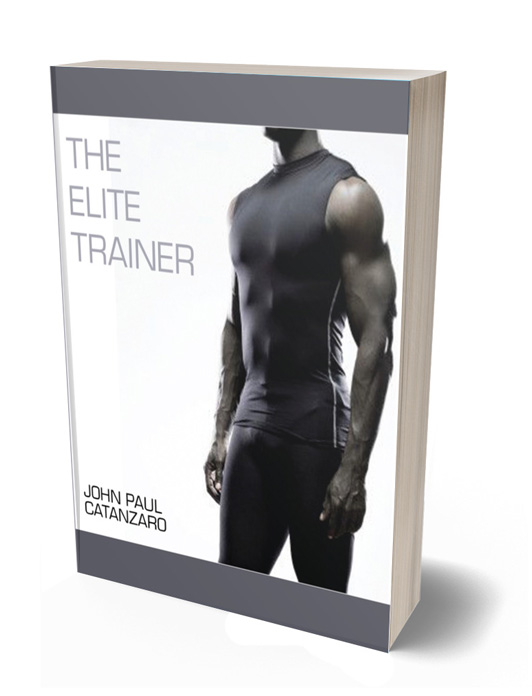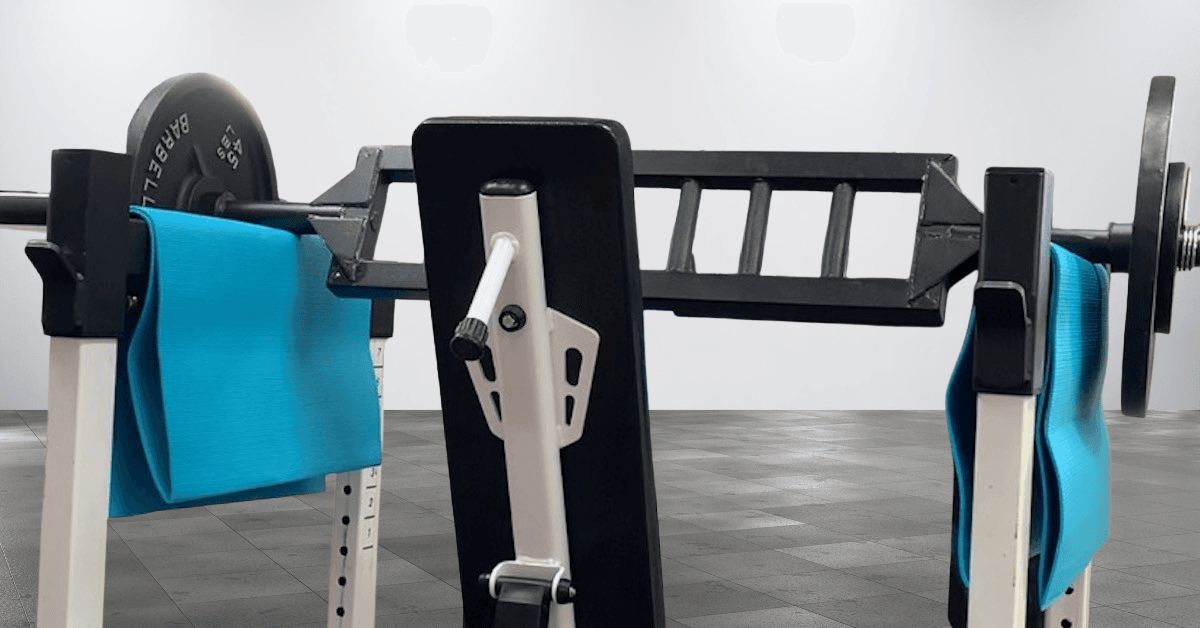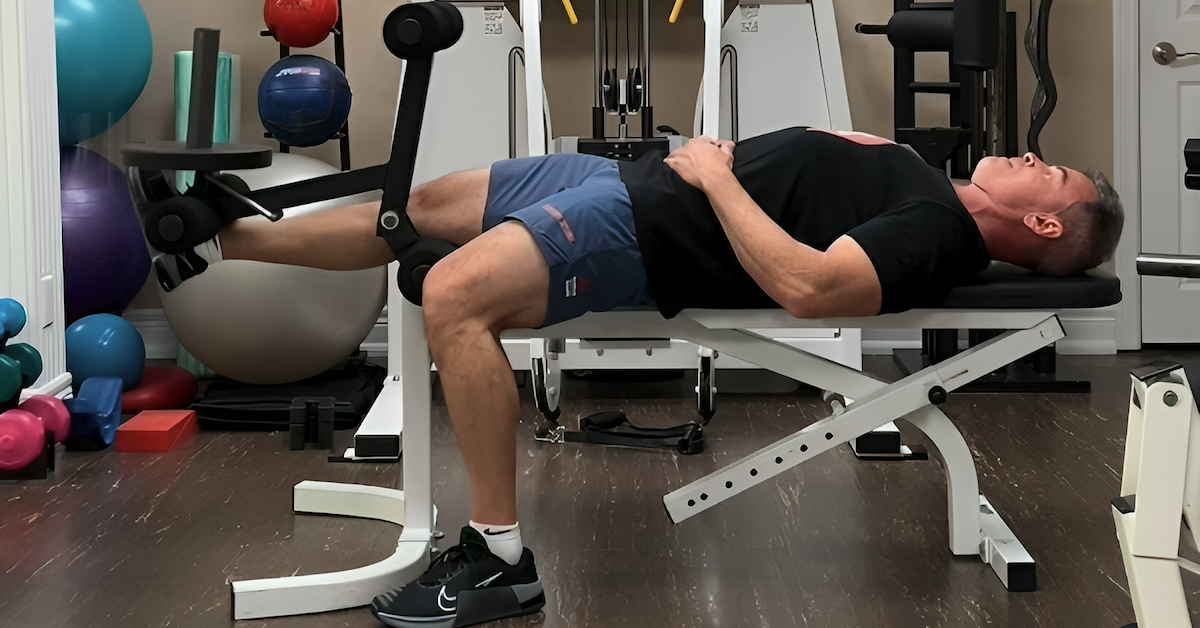The push-up is one of the most poorly executed exercises. One major issue is core stability—many people resemble a dolphin “swimming” through their reps. The core must remain tight and stable with a neutral spine throughout every repetition. If form breaks down, the set should be terminated.
Another common mistake is inadequate depth. Every rep should be performed through a full range of motion, and that range should remain consistent from start to finish. To ensure proper execution, try the kiss-the-baby technique, advocated by Paul Wade in his book Convict Conditioning. Here’s an excerpt explaining the concept:
When you use an object to determine your push-up depth, it’s important not to collide with it. Descend gently until you very lightly touch the basketball, baseball, or whatever you use. To determine how much pressure you should touch with, we had a saying in prison: “kiss the baby.” If your upper chest (for example) touches a baseball at the bottom of the push-up, it should only make contact with the amount of force you would use to kiss a baby on the forehead—no more, no less.
This technique of pausing briefly at the bottom of a push-up removes momentum and builds excellent muscle strength and control. That’s why I advocate a one-second pause at the bottom of all movements. Incidentally, the kiss-the-baby technique can also be applied to weight-training exercises like the bench press or shoulder press. If you can’t gently “kiss” your body with the bar in the bottom position—if you need to either bounce it or stop short—the weight is too heavy. And by “too heavy,” I mean simply this: if you can’t absolutely control a weight throughout the entire range of motion, it’s too heavy.
Performing push-ups with such precision may require some to start with a modified version, pivoting off their knees instead of their feet. However, knee push-ups are often performed with poor form. A better alternative is a push-away against a wall, counter, or barbell set in a power cage or Smith machine. As I mention on page 122 of The Elite Trainer, this method allows for controlled resistance adjustments. Over time, gradually lower the height of the bar, with the ultimate goal of reaching the ground.
Bottom Line
Proper push-ups demand strict form, full range of motion, and controlled movement. If you can’t do them correctly, regress to a variation that allows for perfect execution and progress from there.

The Elite Trainer: Strength Training for the Serious Professional
The Elite Trainer is a synthesis of the very latest thinking in strength training and a comprehensive guide to developing individualized programs for your clients.
Intensity, volume, density, repetitions, sets, tempo, time under tension, rest interval, exercise selection and sequence, load selection, duration, and frequency are all covered in detail in easy-to-understand language. Whether you are a seasoned professional or a beginner, The Elite Trainer provides a wealth of information you can put to use immediately.



